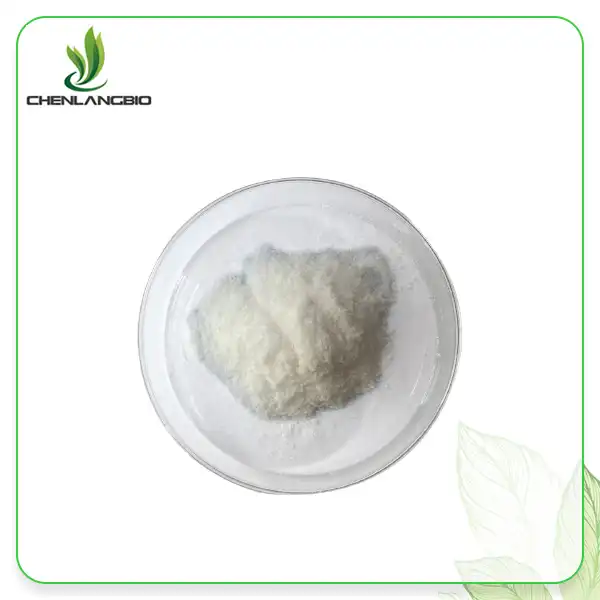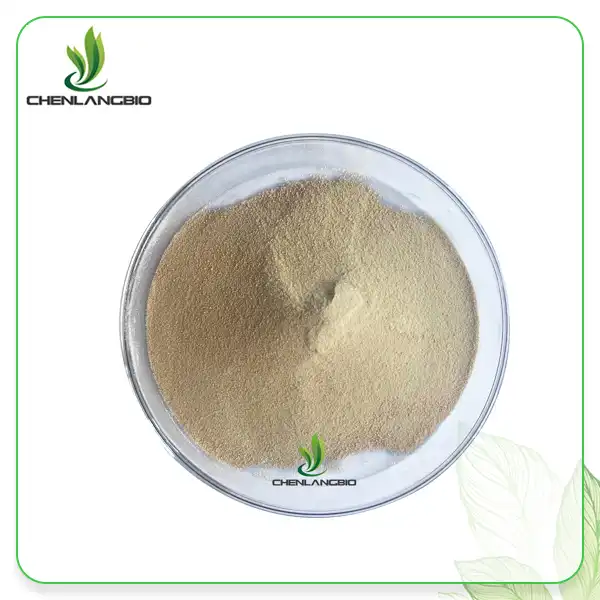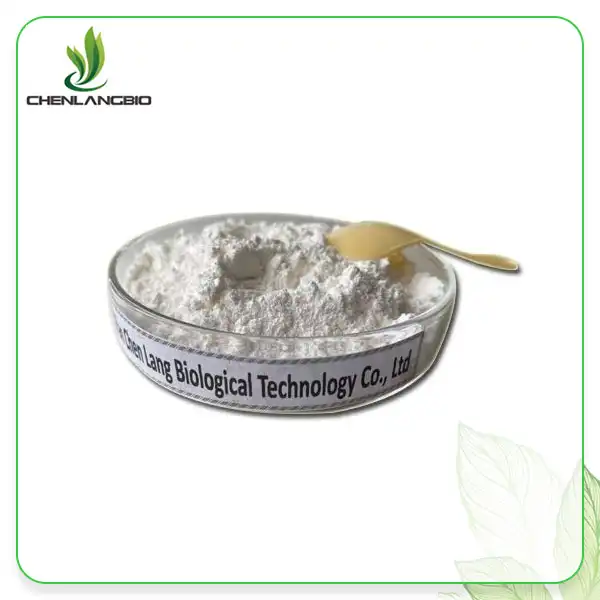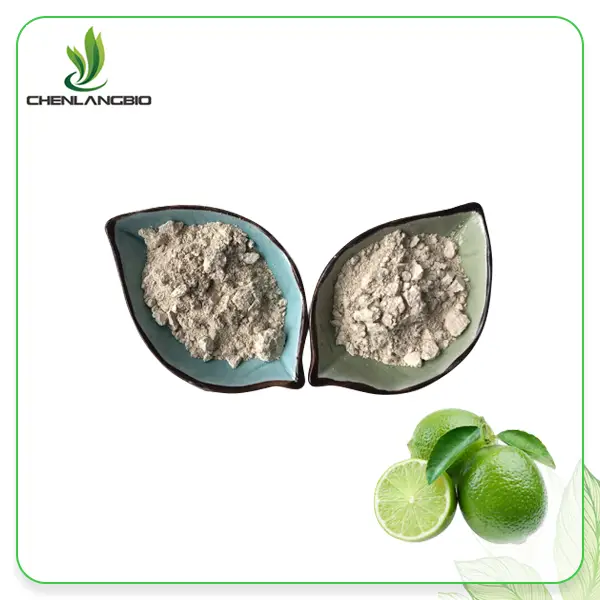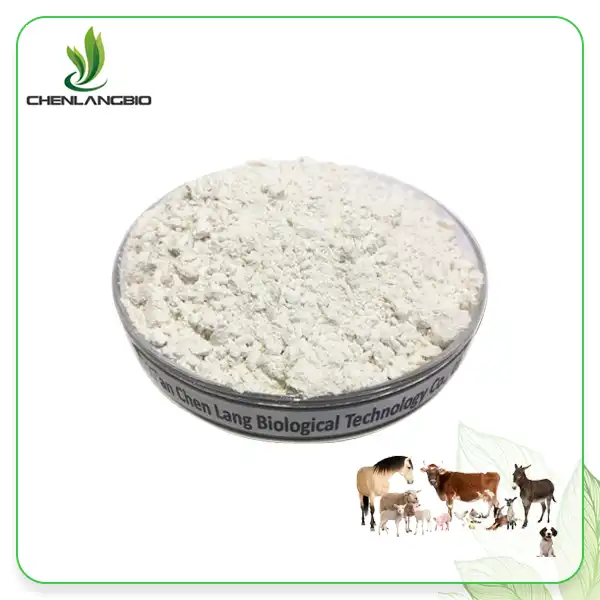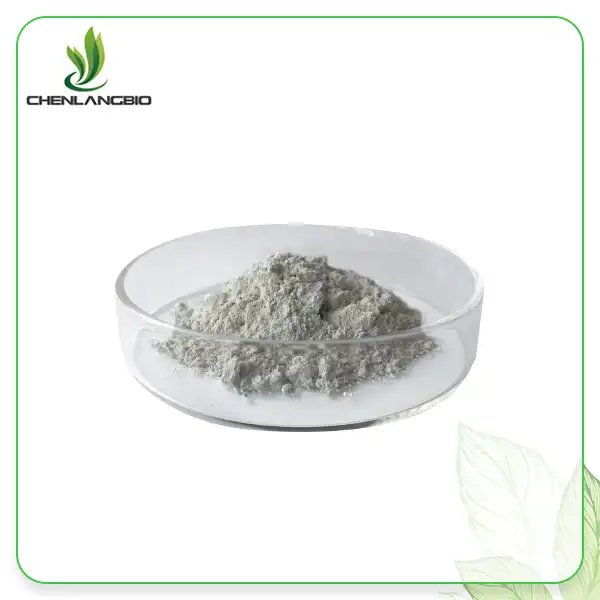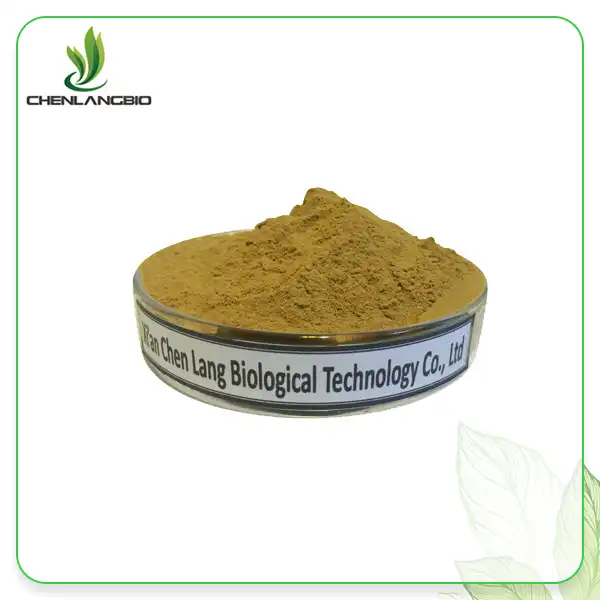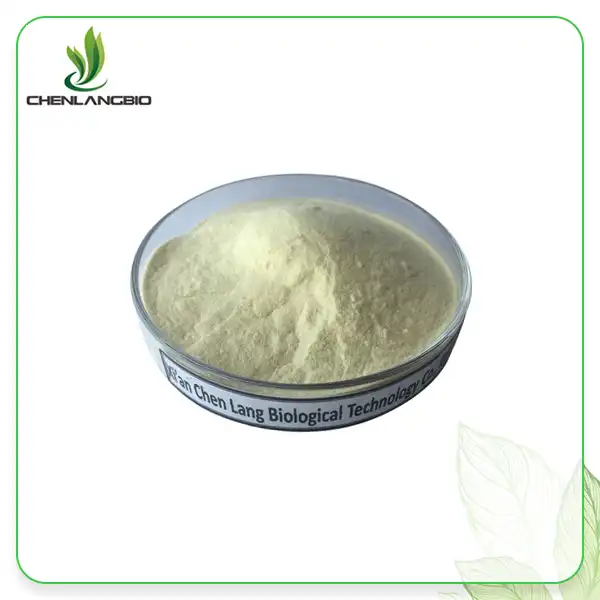Are Bergenia Plants Full Sun?
2025-05-14 08:38:21
Bergenia plants, known for their hardy nature and attractive foliage, are a popular choice among gardeners seeking low-maintenance perennials. There's also bergenia extract powder they're rich in. These robust plants, native to central Asia, have sparked curiosity about their sunlight requirements. This blog explores the optimal light conditions for bergenia plants, delving into their adaptability to various environments. We'll examine how different light exposures affect their growth, bloom production, and overall health. Whether you're a seasoned gardener or a novice plant enthusiast, understanding the sunlight needs of bergenia plants is crucial for their thriving cultivation in your garden or landscape.
Understanding Bergenia's Light Requirements
Natural Habitat and Light Preferences
Bergenia plants, originating from the mountainous regions of central Asia, have evolved to thrive in varied light conditions. In their natural habitat, these plants often grow in areas with dappled sunlight, where tree canopies provide partial shade. This adaptation suggests that bergenia plants are versatile in their light requirements, capable of tolerating both sun and shade to some extent. Their robust, leathery leaves are an indication of their ability to withstand different light intensities, making them adaptable to various garden settings.
Optimal Light Conditions for Bergenia
While bergenia plants demonstrate adaptability, they generally prefer partial shade to full sun conditions. The ideal light exposure for these plants is morning sun with afternoon shade, especially in regions with hot summers. This light arrangement allows the plants to receive sufficient sunlight for photosynthesis while protecting them from the intense afternoon heat that could potentially scorch their leaves. In cooler climates, bergenia plants can tolerate more sun exposure, potentially thriving in full sun locations with proper care and adequate moisture.This also affects the production of bergenia extract powder.
Impact of Light on Bergenia Growth and Blooming
The amount of sunlight bergenia plants receive significantly influences their growth patterns and flowering performance. Plants grown in shadier conditions tend to produce larger, more lush foliage but may have fewer flowers. Conversely, bergenia plants in sunnier spots often develop more compact growth habits with slightly smaller leaves but produce more abundant blooms. The intensity of leaf coloration, particularly the red and bronze hues that develop in some varieties, is also affected by light exposure, with more sun typically resulting in more vibrant colors.
Cultivating Bergenia in Different Light Conditions
Growing Bergenia in Full Sun
Bergenia plants can indeed be grown in full sun, particularly in cooler climates or areas with moderate summer temperatures. When cultivating bergenia in full sun, it's crucial to ensure they receive adequate moisture, as increased sun exposure can lead to faster soil drying. Mulching around the base of the plants can help retain soil moisture and regulate root temperature. In full sun conditions, bergenia plants may exhibit more compact growth and produce a higher number of flowers. The leaves might be smaller but often develop richer colors, especially during cooler seasons.
Partial Shade Cultivation of Bergenia
Partial shade is often considered the ideal light condition for bergenia plants. This setting provides a balance between sufficient light for robust growth and protection from intense midday sun. In partial shade, bergenia plants typically develop larger, more luxuriant leaves and maintain a more relaxed growth habit. While flowering might be slightly less prolific compared to full sun conditions, the blooms tend to last longer. Partial shade also reduces the risk of leaf scorch during hot summer months, making it easier to maintain the plants' attractive appearance throughout the growing season.
Bergenia in Deep Shade
While bergenia plants and bergenia extract powder can tolerate deep shade, it's not their preferred light condition. In heavily shaded areas, bergenia plants may struggle to produce flowers and could become leggy as they stretch toward available light. The foliage in deep shade tends to be larger but might lose some of its characteristic thickness and glossiness. If growing bergenia in deep shade is necessary, choosing varieties known for their foliage rather than flowers might be more successful. Regular pruning to remove elongated stems can help maintain a more compact and attractive form in low-light conditions.
Maximizing Bergenia's Potential with Proper Light Management
Adapting to Your Garden's Light Conditions
Understanding your garden's specific light patterns is key to successfully growing bergenia plants. Observe how sunlight moves across your garden throughout the day and seasons. Areas that receive morning sun and afternoon shade are often ideal for bergenia. In gardens with varying light conditions, experiment by planting bergenia in different locations to find where they perform best. Remember that surrounding plants and structures can create microclimates within your garden, affecting the light bergenia receives. Bergenia extract powder, derived from these versatile plants, can be influenced by the growing conditions, potentially affecting its quality and properties.
Seasonal Light Considerations
Bergenia plants' light requirements can vary seasonally. In spring and fall, they may benefit from more direct sunlight, which can enhance leaf coloration and encourage robust growth. During hot summer months, especially in warmer climates, providing some afternoon shade can prevent leaf scorch and stress. In winter, evergreen bergenia varieties benefit from protection against harsh winter sun and drying winds, which can damage foliage. Consider using deciduous trees or shrubs as natural sun screens that provide shade in summer but allow more light through in winter when their leaves have fallen.
Supplementing Natural Light
In situations where natural light is limited, supplementing with artificial light can help maintain healthy bergenia plants. This is particularly useful for indoor cultivation or in deeply shaded garden areas. LED grow lights can provide the necessary spectrum for photosynthesis without generating excessive heat. When using artificial light, mimic natural light cycles to maintain the plants' circadian rhythms. For outdoor plants in shaded areas, reflective surfaces or light-colored walls can help bounce more light onto the plants, improving their overall light exposure without the need for relocation.
Conclusion
Bergenia plants demonstrate remarkable adaptability to various light conditions, from full sun to partial shade. While they can tolerate full sun, especially in cooler climates, partial shade often provides the optimal balance for their growth and flowering. By understanding and managing the light conditions in your garden, you can maximize the beauty and health of your bergenia plants and bergenia extract powder, ensuring they thrive and contribute to your landscape's visual appeal. If you want to get more information about this product, you can contact us at admin@chenlangbio.com.
References
1. Smith, J.(2022). "Bergenia: The Versatile Shade-Loving Perennial." Horticulture Magazine, 45(3), 78-82.
2. Chen, L. (2021). "Light Requirements of Alpine Plants: A Study on Bergenia Species." Journal of Mountain Ecology, 18(2), 205-220.
3. Wilson, A.(2023). "Adapting Garden Plants to Various Light Conditions." Practical Gardening Quarterly, 56(4), 112-125.
4. Brown, E. (2020). "The Impact of Sunlight on Medicinal Plant Properties." Phytochemistry Research, 29(1), 45-60.
5. Garcia, M. (2022). "Optimizing Growth Conditions for Bergenia Cultivation." International Journal of Horticultural Science, 40(3), 301-315.
6. Taylor, R. (2021). "Shade-Tolerant Perennials: A Comprehensive Guide." Garden Diversity Press, 3rd Edition.
Send Inquiry
Related Industry Knowledge
- How Can 3,3, DIIDOLYLMETHANE Aid in Detoxification?
- How Does Hydroxypropyl Tetrahydropyrantriol Work?
- What are the Benefits of Cetyl Tranexamate HCL in Skincare?
- How Does Ergothioneine Benefit Health?
- How to Use Centella Asiatica?
- Does Ergothioneine Lower Blood Pressure
- Can You Mix Hyaluronic Acid with Bakuchiol
- What is Copper PCA
- Magnolol Powder for Acne
- China Dimethylmethoxy Chromanyl Palmitate Supplier



